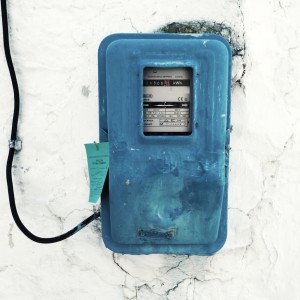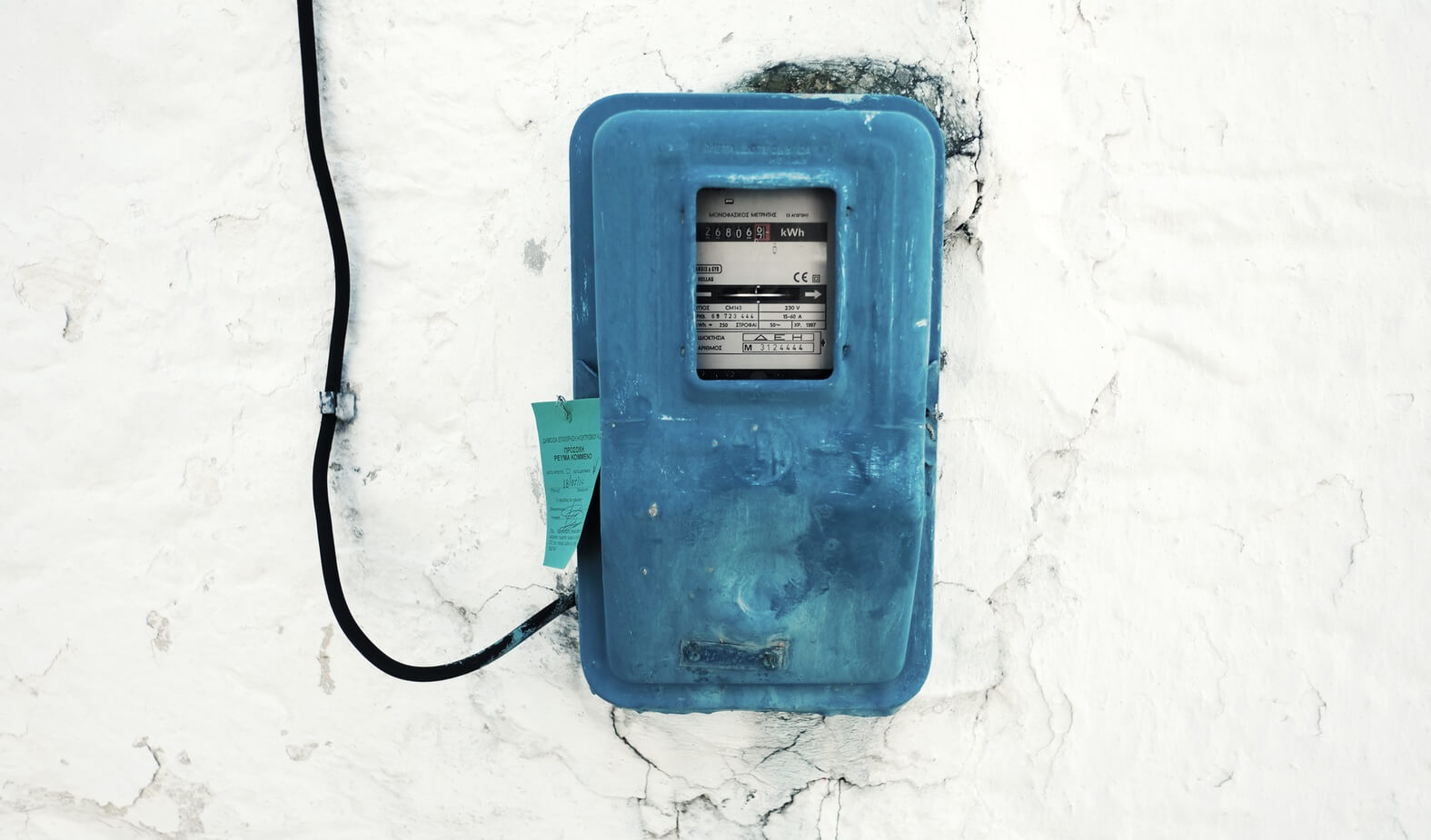Since 2007, Australians have spent almost $8bn on rooftop solar panels thanks to attractive feed-in tariffs that once offered households up to 60c per kWh they sold back to the grid. At a price far higher than the 25c they pay for each kWh purchased from the grid, it’s no wonder rooftop solar power took off so quickly around Australia.
In some areas, solar consumers received more than twice the money for the electricity they exported into the grid, compared to what they spent for power taken out of it.
Undoubtedly, the big bang in the Australian solar energy sector (which saw 1.5m households generate their own power) was accelerated by subsidised payments for those selling solar-generated electricity back to the grid through the feed-in tariff scheme.
About 275,000 Australians will see their generous solar energy payments rolled back by up to 80 percent over the next six months. Naturally there are thousands of solar consumers who are now unsure what to expect, what exactly will happen and what they actually need to do concerning the changes.
Approximately 150,000 homes and businesses in New South Wales, (the state with the most generous FIT), will be kicked off the scheme by 1 January 2017. The party will also be ending for almost 130,000 solar customers in Victoria and South Australia.
Some customers signed up on schemes that might continue for many years to come. So if consumers are not sure about their own feed-in tariffs, then they should ask solar system experts or their retailers what’s going on.
“At best, they’ll cop a turn-around of about $1,000 or a bit more,” says Damien Moyse, energy policy manager at the Alternative Technology Association.
“But if they’ve got a big system their turn-around will be two or three thousand or even more next year” he added.
In NSW, more lucrative deals were offered between 2010 and 2012 and solar system owners who signed up then have been benefiting ever since. Additionally, the NSW scheme paid the attractive rate for every kWh produced, instead of just the surplus they didn’t need.
However, from 1 January 2017 solar consumers will get paid a meager 5.5c per kWh for the electricity they put back into the grid. This is likely to flip the economics, and instead of raking in cash by selling power back to the grid they’ll want to use as much electricity as they possibly can.
But, regardless of how consumers get affected by the changes, the rule is similar for anyone coming off a subsidised scheme—and definitely for everyone who has installed solar or plans on getting it without a subsidised FIT.
Ideally, the best way to make the most of your solar system is to utilise as much of the electricity produced to power appliances, so as to displace the energy that would have otherwise been bought from the grid.
The question of how a household can actually maximise the use of electricity is becoming mind boggling for most households. Which appliances should they replace? How should these be powered? And are storage batteries a better option?
It all starts with the right kind of meter – therefore, this is a must have for homes and businesses looking to mitigate the effects of the reduced subsidy.
Smart meters
The process of installing smart meters is fast becoming a minefield, as consumers get bombarded by various issues that affect them based on their location while existing options keep changing.
A smart meter is one gadget that can help anyone to take advantage of their solar power, says Claire O’Rourke, the national director of Solar Citizens, a group that petitions on behalf of solar consumers.
The benefit of a smart meter is that is can be read remotely and shows when the most power is being used, hence helping consumers to reap maximum benefits. These gadgets can also provide other valuable information like time-of-use tariffs, providing savings for solar customers who like going slow on using energy during times of high demand.
The Storage Battery
While they are very fresh on the market and prices are still a little out of reach, many solar customers are already interested in acquiring a battery storage system in addition to upgrading their solar panels and inverter.
Darryn Van Hout, the CEO and Co-founder of Australian Solar Quotes, explains that scrapping of the generous feed-in tariff has further driven demand for battery storage up, carefully designed to enable solar consumers to learn the basics about solar panel technology and solar energy.
“It’s definitely a trigger point for most consumers to look at this new technology,” he says. Australian Solar Quotes has seen an increase in demand for quotes for storage batteries from buyers looking to save thousands of dollars on their bills, with the Australian market seeing around 300 homes come together to buy storage batteries at discounted rates.
He added that many of the customers approaching ASQ have been solar customers coming off the New South Wales solar bonus scheme.
Adding a battery to an existing solar system can considerably enhance “solar self-sufficiency”, Darryn says, a measure of how a customer is depended on solar rather than power from the grid. “With the right battery size you can improve it from 20% to nearly 60 or 70% self-sufficiency,” he says.

